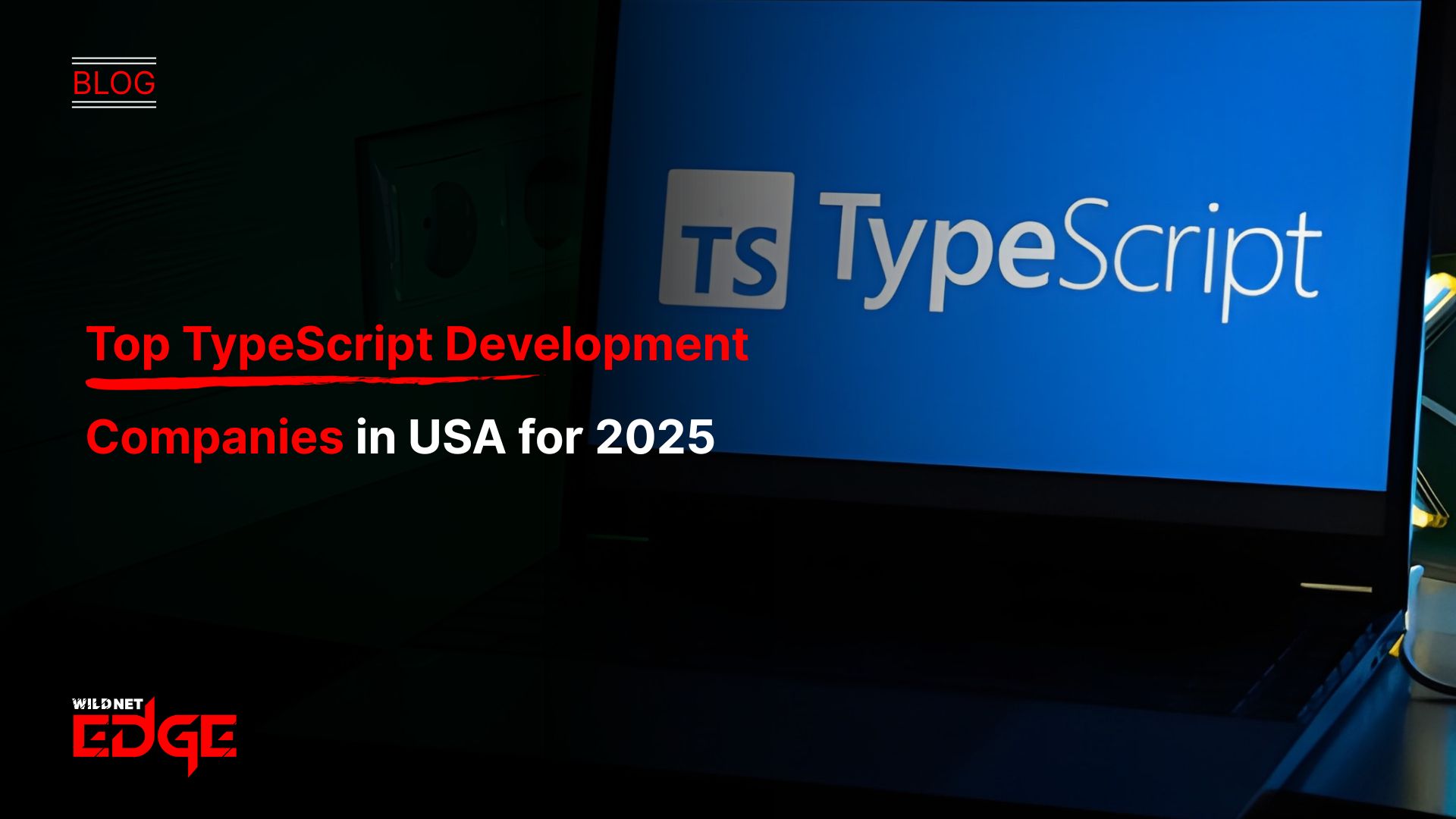Struggling to keep up with the fast-paced demands of today’s market? Wondering how on-demand app development can give your business a competitive edge? Whether you’re eyeing to create the next big gig economy app or want to enhance your delivery services, understanding the core features, development costs, and timelines is crucial.
In this guide, we’ll break down everything you need to know to launch a winning on-demand app — fast, efficiently, and within budget.
Gig Economy Apps: What They Are and Why They Matter
The rise of the gig economy has revolutionized how people work, shop, and engage with services. At its core, on-demand app development fuels this booming sector by connecting users with service providers instantly.
Definition and Examples of Gig Economy Apps
Gig economy apps are digital platforms that facilitate freelance, temporary, or flexible work arrangements, typically via mobile and web apps. Popular examples include:
- Ride-sharing apps like Uber and Lyft
- Freelancing platforms such as Upwork and Fiverr
- Food delivery services including DoorDash and Postmates
These apps empower users to book services instantly, creating a seamless marketplace without traditional intermediary barriers.
Importance of Real-Time Services and User Convenience
On-demand apps thrive on real-time functionality — this means instant notifications, live tracking, and quick service matching. Consumers today expect:
- Immediate responses and confirmations
- Transparency about service status
- Reliable and convenient experiences on the go
By prioritizing real-time features, gig economy apps enhance satisfaction while increasing user retention and loyalty.
Market Growth and Opportunity Insights
The gig economy market is projected to reach nearly $600 billion by 2025, demonstrating massive opportunity for businesses ready to capitalize on this trend. Factors contributing to this growth include:
- Increasing smartphone penetration worldwide
- Rising demand for flexible work and services
- Enhanced internet infrastructure enabling smooth app experiences
For businesses, entering this space through on-demand app development means tapping into a dynamic, expanding user base eager for innovative, convenient solutions.
Delivery App Features: Must-Haves for On-Demand Success
Successful on-demand app development hinges on integrating key features that meet user expectations and business goals. When building delivery or gig economy apps, these features are non-negotiable.
User Registration and Profile Management
Simplified sign-up processes that allow users to create, update, and manage profiles effortlessly improve onboarding rates. Features to include:
- Social media login options for quicker access
- Secure password and multi-factor authentication
- User preferences for personalized experiences
Real-Time Tracking and Notifications
One of the most valued aspects of gig economy and delivery apps is visibility. Customers want to know exactly where their service or order is at any time.
- Live GPS tracking of delivery agents or service providers
- Push notifications for status updates or delays
- ETA forecasts based on current conditions
Payment Gateways and Wallets Integration
A smooth, secure, and versatile payment experience boosts conversions and reduces cart abandonment. Essential considerations:
- Multiple payment options (credit/debit cards, digital wallets, UPI)
- Support for in-app wallets and promo codes
- Compliance with PCI DSS standards for security
Ratings, Reviews, and Feedback Systems
Trust is critical in on-demand marketplaces. Enabling users to rate services and provide feedback helps improve quality and builds community trust.
- Two-way rating systems for users and providers
- Review moderation tools to filter inappropriate content
- Analytics to track satisfaction trends over time
Customer Support and Chat Functionality
Immediate access to help can be a deal-breaker for many users. Incorporate:
- In-app chatbots powered by AI for instant responses
- Options for live agent support through messaging or calls
- FAQs and help sections for common concerns
Multi-Vendor or Multi-Partner Support
If your app supports multiple vendors or service providers (such as restaurants, drivers, or freelancers), enable:
- Separate dashboards for different vendors
- Order and delivery management for multiple partners
- Transparent commission tracking and payouts
Incorporating these delivery app features creates a robust, user-friendly platform that meets modern expectations and encourages repeat use.
Factors Influencing On-Demand App Development Costs
Understanding what drives costs can help you budget realistically and prioritize features for your on-demand app development project.
Feature Complexity and Customization Level
More complex features like AI-based recommendations, custom algorithms, or multi-vendor support increase development time and cost. Simple apps with basic functionalities cost less but may offer limited differentiation.
Platform Choice: iOS, Android, or Both
Developing for one platform reduces costs initially but limits reach. Cross-platform development (using frameworks like React Native or Flutter) provides broader user access but requires expertise and can impact performance.
UI/UX Design and Development Phases
Intuitive, modern design demands investment in quality UI/UX. Interactive prototypes, user testing, and responsive design add to costs but result in higher user satisfaction.
Backend Infrastructure and Server Expenses
The backend powers your app’s logic, databases, authentication, and integrations. Using cloud services like AWS or Google Cloud ensures scalability but incurs ongoing expenses depending on usage.
Third-Party Integrations
Integrating APIs for maps (Google Maps, Mapbox), payments (Stripe, PayPal), analytics (Mixpanel, Firebase), and messaging can streamline development yet add licensing or usage fees.
Post-Launch Support and Maintenance
On-demand apps require constant updates, bug fixes, and feature enhancements to stay competitive. Budget for ongoing maintenance — typically 15-20% of initial development costs annually.
For example, a basic on-demand delivery app can start around $30,000, but adding advanced features, multi-platform support, and integrations could push costs beyond $100,000. Knowing these components helps align spending with strategic goals.
Typical Timeline for On-Demand App Development Projects
Timelines vary based on complexity but following a structured process reduces delays and keeps development on track.
Discovery and Requirement Gathering (1-2 weeks)
Understand your target users, business goals, and technical needs. This phase includes competitor analysis, feature prioritization, and technical feasibility studies.
UI/UX Design (2-4 weeks)
Build wireframes and prototypes. Iteratively test UI flows and style guides to create an intuitive and appealing app experience.
Development Phase (6-12 weeks depending on complexity)
Coding the app involves front-end and back-end development, API integrations, and ensuring responsiveness across devices.
Testing and Quality Assurance (2-4 weeks)
Conduct functional, usability, and performance testing to identify and resolve bugs or issues. Beta testing with real users provides valuable feedback.
Deployment and Launch (1 week)
Publish apps on relevant stores (App Store, Google Play), configure backend servers, and ensure all systems operate smoothly.
Iterative Improvements Based on User Feedback
Post-launch, collect user input and monitor analytics to optimize app features, fix issues, and roll out updates regularly.
A well-planned timeline balances speed and quality, ensuring rapid go-to-market without sacrificing reliability.
Emerging Trends and Advanced Strategies in On-Demand App Development
Staying ahead requires integrating cutting-edge technologies and strategies that elevate your app beyond current standards.
AI and ML-Powered Recommendations
Personalize user experiences with machine learning algorithms that suggest services, delivery times, and offers based on behavior and preferences.
Hyperlocal Delivery and Smart Routing Algorithms
Optimize delivery speeds and reduce costs by deploying AI-driven routing that considers traffic, weather, and demand fluctuations in real time.
Integration with IoT Devices and Wearables
Leverage smart devices for better tracking, health monitoring for gig workers, or voice-activated commands enhancing usability and safety.
Use of Blockchain for Secure Payments and Transparency
Blockchain enables tamper-proof transactions, easy auditing, and trust between users and providers, particularly valuable for high-value or sensitive services.
Leveraging Cloud Computing for Scalability
Cloud infrastructure supports elastic scaling — your app can handle peak loads or expand quickly without downtime, enhancing reliability and user satisfaction.
Adopting these trends early positions your on-demand app as a leader in innovation, helping attract tech-savvy users and grow organically.
Conclusion
On-demand app development is your gateway to tapping into the thriving gig economy and meeting growing consumer expectations with seamless delivery app features. Understanding the nuances of cost, timelines, and critical functionalities is key to building apps that stand out and deliver measurable business impact.
For businesses ready to transform their ideas into reality, WildnetEdge offers expert guidance and tailored solutions to accelerate your app’s success — ensuring you launch on time, on budget, and with maximum impact.
FAQs
Q1: What are the essential features in on-demand gig economy apps?
Essential features include user registration, real-time tracking, flexible payment options, ratings, and customer support to ensure smooth service delivery.
Q2: How long does it typically take to develop an on-demand delivery app?
Development usually takes 3 to 6 months, covering stages from design and development to testing and deployment, depending on complexity.
Q3: What factors affect the cost of on-demand app development?
Costs vary based on feature complexity, platform choice, backend infrastructure, UI/UX design, third-party integrations, and post-launch support.
Q4: Can AI improve on-demand app user experience?
Yes, AI can enhance personalization, optimize delivery routes, provide chatbots for instant support, and predict user preferences for better engagement.
Q5: Why choose WildnetEdge for on-demand app development?
WildnetEdge combines deep industry expertise with innovative technology to deliver customized, scalable solutions on schedule and within your budget.

Nitin Agarwal is a veteran in custom software development. He is fascinated by how software can turn ideas into real-world solutions. With extensive experience designing scalable and efficient systems, he focuses on creating software that delivers tangible results. Nitin enjoys exploring emerging technologies, taking on challenging projects, and mentoring teams to bring ideas to life. He believes that good software is not just about code; it’s about understanding problems and creating value for users. For him, great software combines thoughtful design, clever engineering, and a clear understanding of the problems it’s meant to solve.
 sales@wildnetedge.com
sales@wildnetedge.com +1 (212) 901 8616
+1 (212) 901 8616 +1 (437) 225-7733
+1 (437) 225-7733































